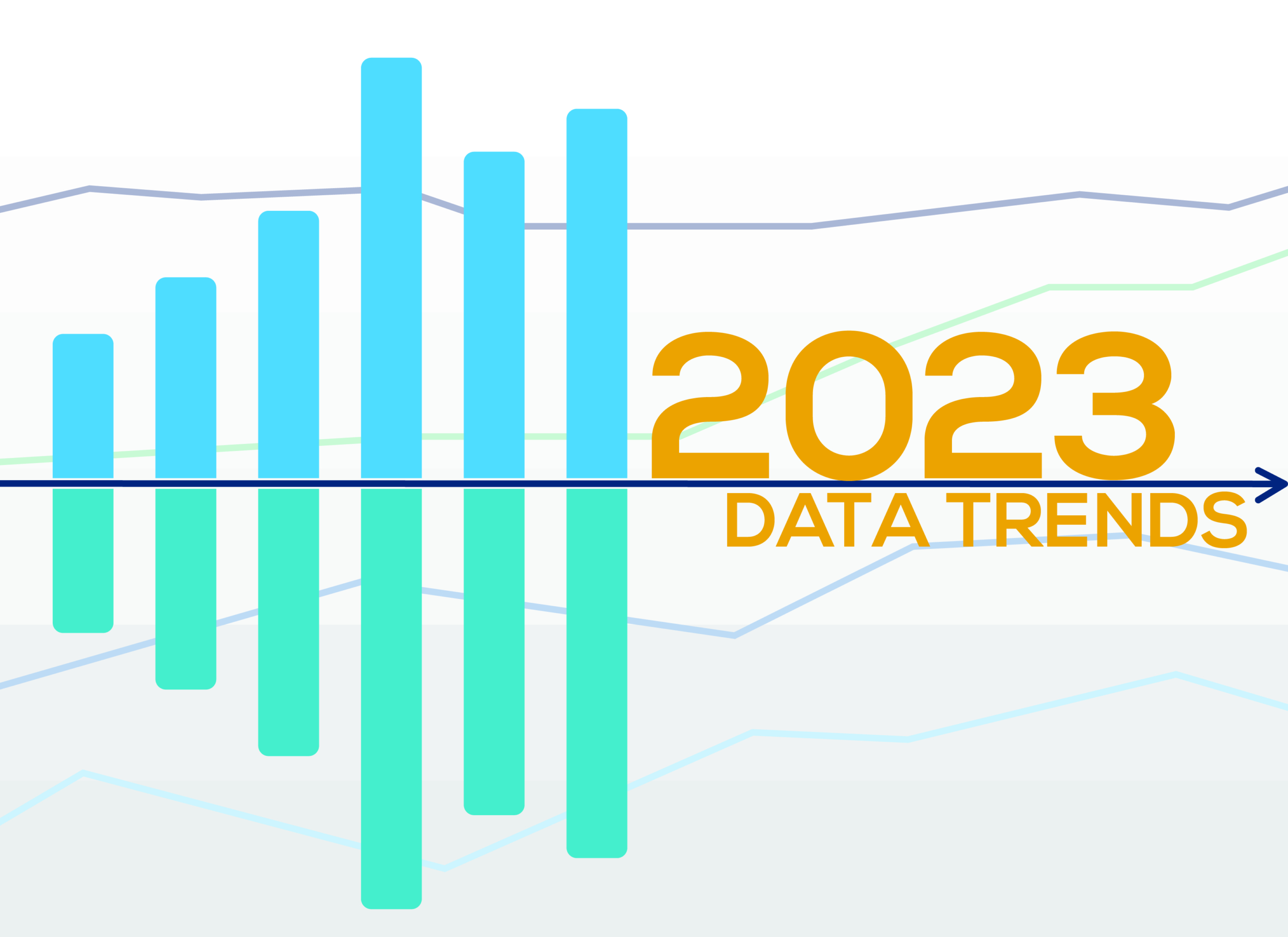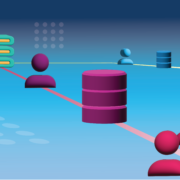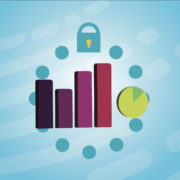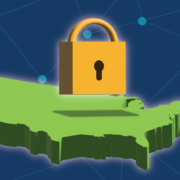What is Data Governance?
Data Governance, as defined by the Data Governance Institute, is “a system of decision rights and accountabilities for information-related processes, executed according to agreed-upon models which describe who can take what actions with what information, and when, under what circumstances, using what methods.”
What Is Data Loss Prevention?
Data Loss Prevention (DLP) solutions comprise of the tools used with the supporting DLP strategies of the organization to help prevent and mitigate data breaches and data leaks that maliciously take, destroy, or lock access to sensitive data. Since the accelerated shift to work from home because of the COVID-19 pandemic, data breaches have increased significantly in frequency as both an internal and external threat.
What Is Data Loss Prevention?
Data Loss Prevention (DLP) solutions comprise of the tools used with the supporting DLP strategies of the organization to help prevent and mitigate data breaches and data leaks that maliciously take, destroy, or lock access to sensitive data. Since the accelerated shift to work from home because of the COVID-19 pandemic, data breaches have increased significantly in frequency as both an internal and external threat.
Whether in traditional formats such as paper in a file cabinet, digitally stored in local drives, or remotely stored with a cloud provider, sensitive data for an organization, their staff, and their clients are likely to be found within them. When a security plan is not adequately enforced to locate, classify, and protect that sensitive data, the potential breach that can follow can lead to identity theft that jeopardizes an organization’s trust, whether from their staff, their clients, or the public at large.
Educational institutions and the third-party entities that help manage their data often possess and obtain sensitive student data as part of their operations. The need to keep that data in legal compliance and to maintain student privacy with its use means extra care and maintenance must be done to prepare the data for a cloud migration.
Data security has become more important than ever in 2022. Due to the increase in data breaches over the years, data security for sensitive information has become a more prevalent issue for both regulatory requirements, such as GDPR, and customer trust, who will essentially avoid doing business with companies they don’t trust with their personal data. Confidential information for organizations is also commonly stored as data, which in turn requires effective data security to protect both trade secrets and the bottom line.
Privacy laws in the United States are not tied to a central set of rules and regulations like the GDPR in the European Union. Instead, both federal and state legislatures have passed privacy laws that target specific fields of privacy concerns. This has led to many rules and regulations that compliance teams must parse to determine what must be followed for their organization, especially as states legislate to fill the data protection gaps left behind by federal law.
When it comes to unstructured data in an organization, sensitive data is the most important type of data to identify. Sensitive data falls into several classifications, but broadly refers to data that must be protected from unauthorized access to prevent harm to businesses and individuals alike. These classifications include personal information, private information, health information, and high-risk data, among others.














